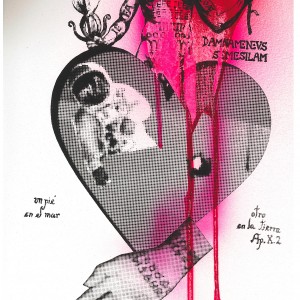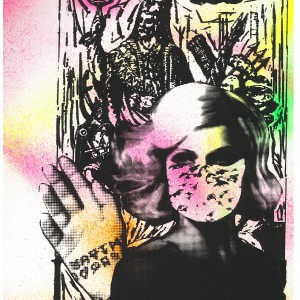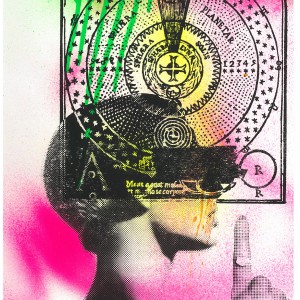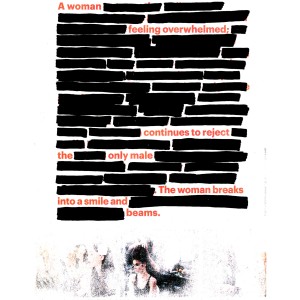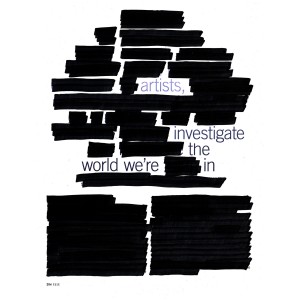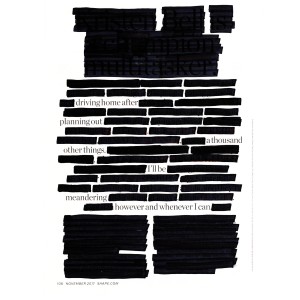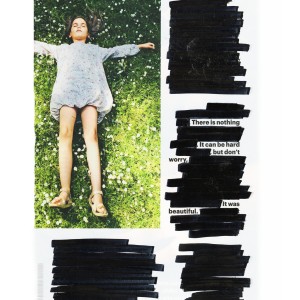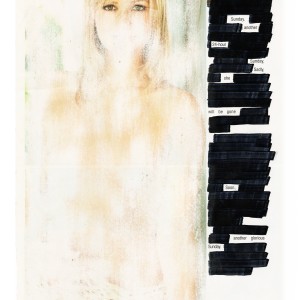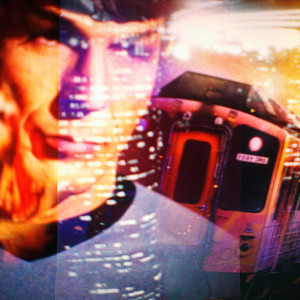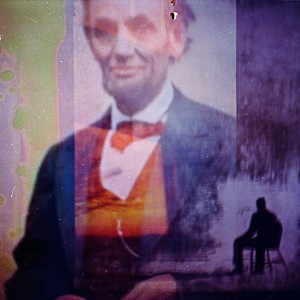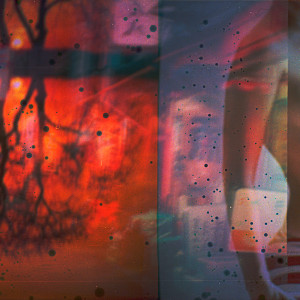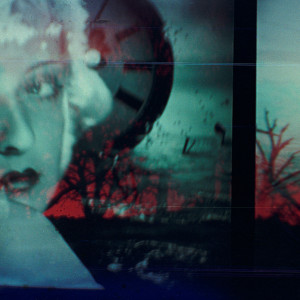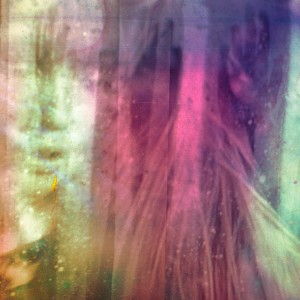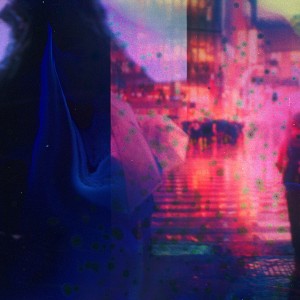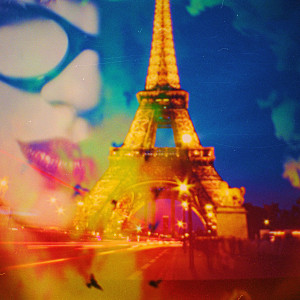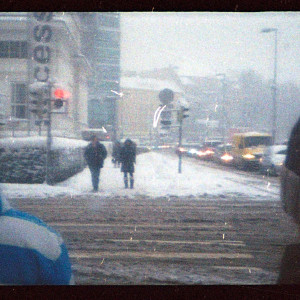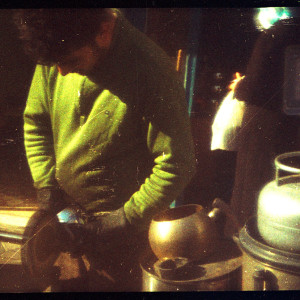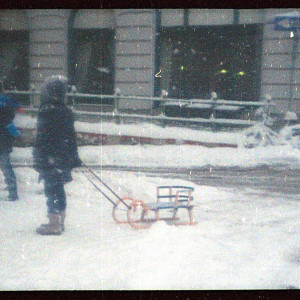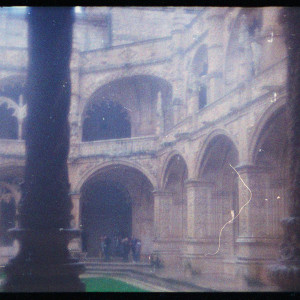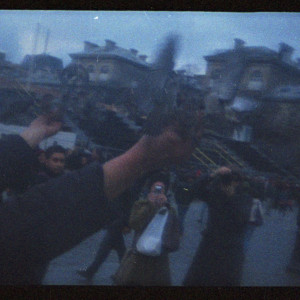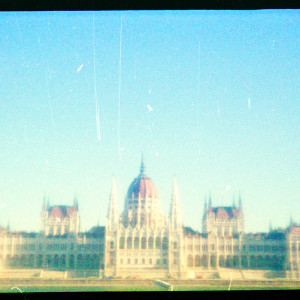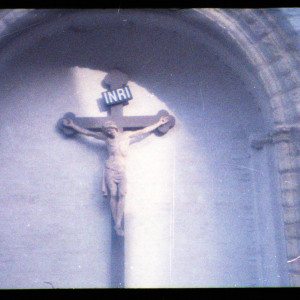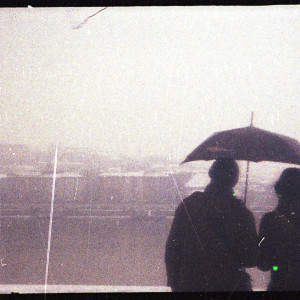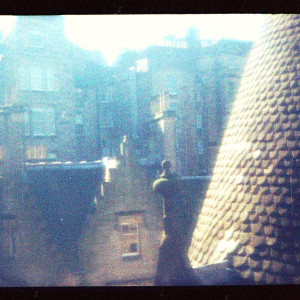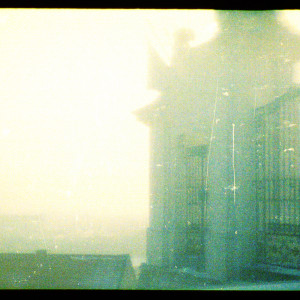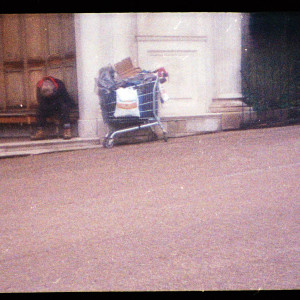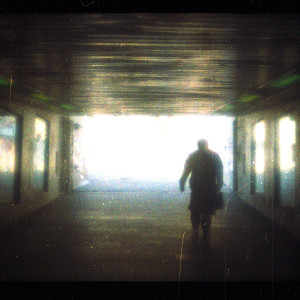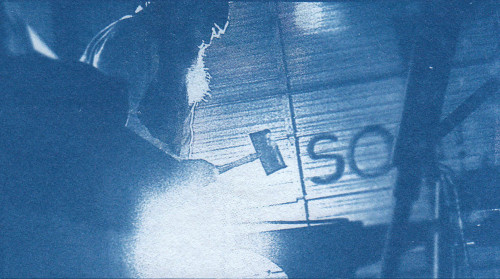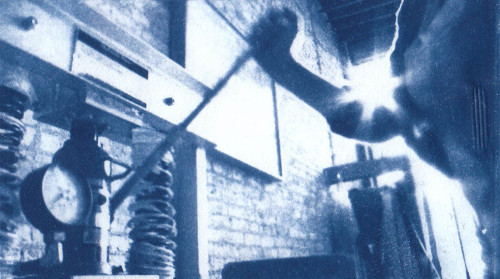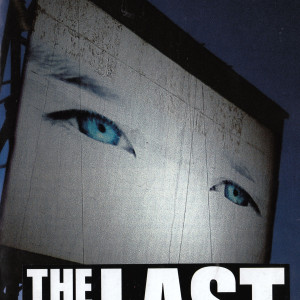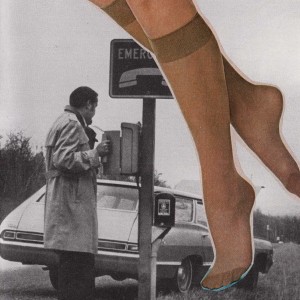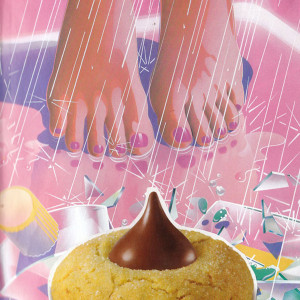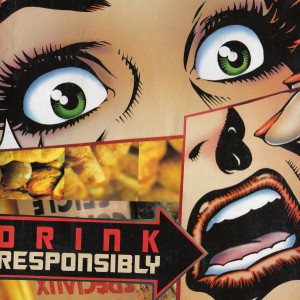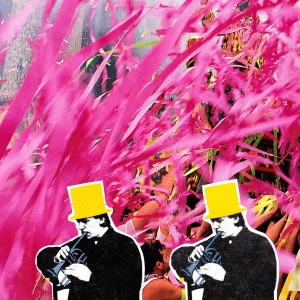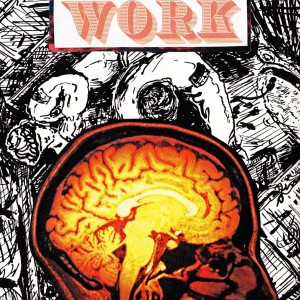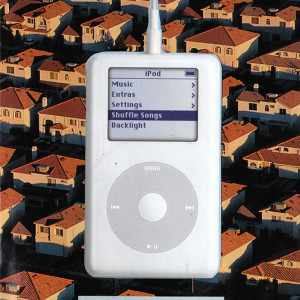At the beginning of the 2020′s the explosion of Generative AI infiltrated the artworld. Artists (almost) universally condemned these tools in a number of high-profile ways. Their reasons are wide and varied, some of them valid, but many of them dubious from an aesthetic standpoint. It struck me that very few artists stood up in support of GenAI — so in the fall of 2021 I set out to create a project to explore the positive aspects of GenAI.
As a commercial artist, I find it unconscionable to use children as a subject of commercial artwork. Consent is intranigral to portraiture — and children lack the ability to give consent, instead relying on their parents to give it for them. Even that (in my personal experience working with child actors) is sometimes dubious as parents often come to their table with their own agenda, which has nothing to do with the wishes and desires of their children. We can see this play out on social media where we have waves of parents using (and abusing) their children for social fame and commercial gain.
What if we can have the best of both worlds? What if we could feature children as the subject of our works without the need to intrude on a child’s privacy and personal identity?
Nobody’s Children seeks to do just that; A series of 50+ AI photographs featuring children playing, pretending and otherwise existing printed as 12×12 Cyanotypes. As these children are not based on real people, I as the artist have theoretically absolved myself of the exploitation which is inherent when using children for commercial gain. Even if these children are the amalgamation of several random children (in various stages of consent), we haven’t exploited the individuality of any single child rather abstractly drawing our content from the collective of childhood; a lesser sin perhaps.
Nobody’s Children strikes at the heart of the issue of GenAI in the arts. It questions identity and ownership, but in a way that I see as positive and productive rather and pessimistic and dismissive. GenAI is here to stay, so we as artists need to find ways to use it for the better


